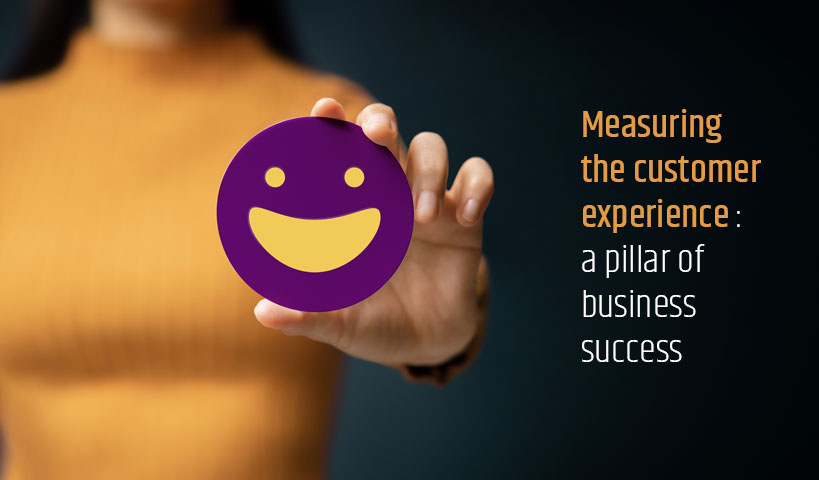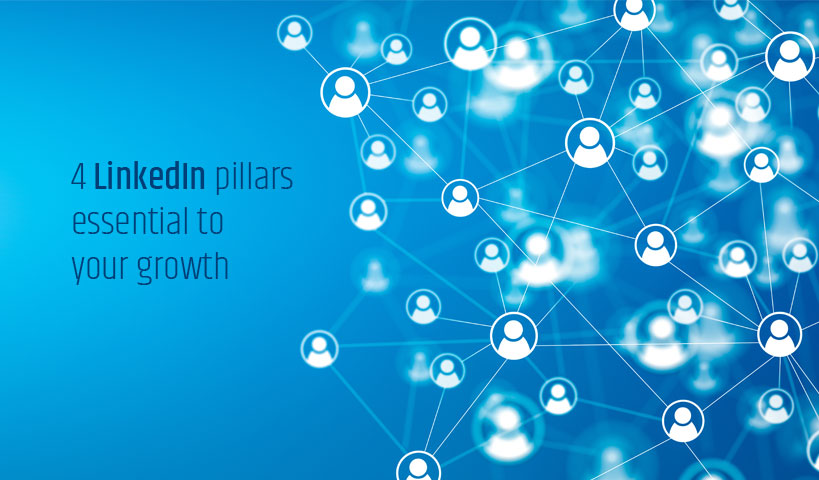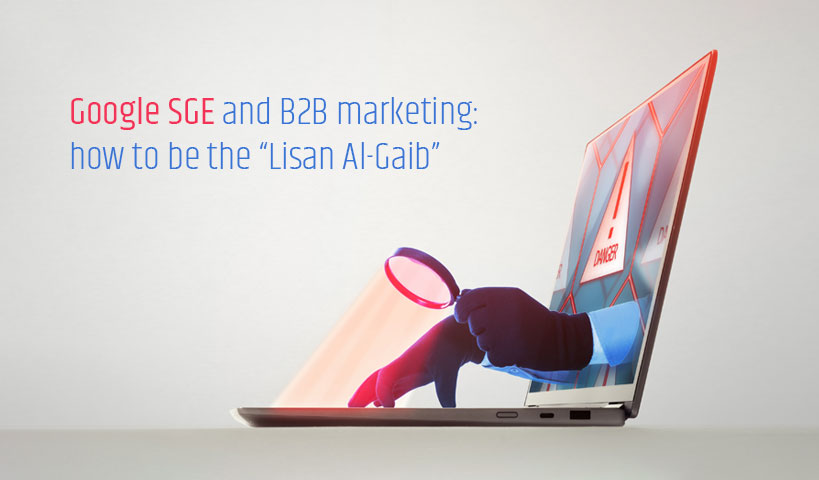
In today’s competitive business world, customer experience (Cx) can no longer be just a floating idea. It’s become a prerequisite for business success. But what’s all the fuss about measuring customer experience? Well, the figures don’t lie: one study shows that 75% of customers are willing to spend more if they are delighted with their experience.
What’s more, according to Forbes, companies that deliver superior customer experiences can see their sales soar by up to 80%. Thinking, crafting and delivering experiences is one thing, but like everything else, it’s rarely perfect the first time. So let’s remember the wise words of Peter Drucker: “What gets measured, gets done”. So, to be sure we’re creating the right things, we need to measure.
Multiple effects on company revenues
First of all, in the final analysis, we do this so that it pays off for the company. The correlation between an outstanding customer experience and a healthy financial situation is obvious when you get right down to it. A successful customer experience triggers an avalanche of positive effects on the company:
- Customer referrals: delighted customers go viral, in a good way.
- Expanded purchase: a distinctive experience encourages customers to explore your product range
- Customer longevity: customers who enjoy interacting with your brand remain loyal for a long time.
- Positive word-of-mouth: happy customers talk freely about you to those around them
- Appearance of “promoters”: the most satisfied customers become your supporters and number-one brand advocates
- Recurring revenue: a pleasant experience encourages repeat business.
- Expanded profit margins: customer satisfaction paves the way for higher prices and more upscale products
- Sales velocity: smooth processes generate fast transactions and therefore lower selling costs
As an added bonus, an exceptional customer experience helps to cut expenses such as customer acquisition costs, reduce the length of the purchase cycle, the number of returns and intervention time.
Customer experience: more than just customer service
Fatal mistake: limiting the customer experience to customer service alone. Cx is all-encompassing, from the first interaction through to after-sales. Every point of contact with your brand, whether it’s a product, an employee, a website or social networks, sculpts the customer’s perception. Tracking down and eliminating friction points is crucial to delivering a seamless, positive experience at every stage of the customer journey.
Think omnichannel for maximum coherence
The digital world is becoming an increasingly important part of all contacts. UX (user experience) and UI (user interface) design play a pivotal role in creating compelling digital experiences.
Omnichannel thinking is a necessity. Bringing together data from all channels creates a comprehensive, personalized view of each customer. But beware, it also means juggling more data, assessing more trends and keeping an eye on the competition in several places.
The impact on different company functions
Delivering a high-quality customer experience requires the involvement of every department in the company, taking into account customer feedback and measurement results:
- Administration = transparency in processes
- Engineering = inspiration and innovation to improve products
- Finance = optimizing credit and billing processes
- Human Resources = maximizing employee performance
- Information Technology = constant improvement of UX/UI
- Production = focus on usability and quality control
- Purchasing = rigorous supplier selection and compliance with standards
- Quality assurance = alignment with customer expectations
- Marketing = building customer loyalty and retention
- Sales = delivering a consistently memorable customer experience to close sales
Most frequently used measurement categories
To evaluate the customer experience, five categories of measures are generally used:
1- Customer satisfaction
2- Loyalty/retention
3- Brand ambassador/reputation
4- Quality/operations
5- Employee commitment
B2B customer experience: a different approach
In the B2B (business-to-business) world, customer experience is just as important as in the B2C (business-to-consumer) sector, but there are specific nuances worth exploring. While companies often focus on relationships with other businesses rather than individual consumers, the customer experience remains at the heart of their success. Let’s take a closer look at how Cx is evolving in the B2B context, and how companies can optimize it to achieve sustainable results.
- A longer, more complex process: purchasing decisions are made by several stakeholders within the organization, requiring effective management of relationships with these different parties.
- Multiple, lasting relationships: these relationships add up over a long period, creating an effect similar to compound interest, where each interaction strengthens the relationship and perceived value.
- Long-term value creation: in B2B, the customer-supplier relationship often evolves into a long-term partnership. Companies therefore need to focus on creating long-term value for their customers, by committing to proactively meeting their needs and solving their problems.
- Requires a deep understanding of buyers: understanding the specific needs, motivations and challenges of B2B buyers is essential to delivering an exceptional customer experience. This requires an in-depth analysis of buyers’ realities, decision-making processes and business objectives. (Persona)
The emergence of ABX (Account Based eXperience)
We’re seeing the emergence of ABX (Account Based eXperience) in the B2B sector. This personalized approach offers a host of advantages:
- Personalization to the target account: experiences are tailored to the specific needs of each account.
- Greater involvement of sales staff: sales staff play a crucial role in ABX, providing regular feedback to the marketing team.
- Improved interaction quality: every interaction is carefully orchestrated to deliver a high-flying experience.
As a result, we should achieve (among other things):
- Increased conversion rates: targeted accounts have higher conversion rates
- Enhanced Upsell and Cross-sell: ABX creates opportunities for complementary sales
- Improved NPS (Net Promoter Score): ABX should lead to a significant improvement in NPS.
Conclusion
Measuring and improving the customer experience, beyond business strategy, is a necessity to remain competitive in an increasingly demanding market.
By taking a holistic approach to customer experience, integrating customer feedback at every stage, and mobilizing the entire organization, it’s possible to create memorable experiences that build customer loyalty and drive growth.
Get on board with ExoB2B for an unforgettable customer experience!
So, are you ready to embark on your customer experience journey with ExoB2B? We’re here to help you transform your customer interactions into memorable experiences that will make all the difference in the marketplace. Contact us today to find out how we can help propel your business to new heights of success!






